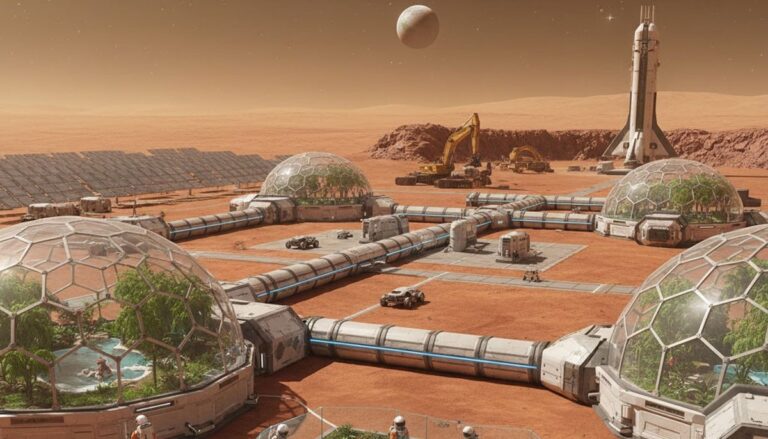
#crisis #making #Political #Economy
S Pakistan is struggling with a deep crisis in water shortage, the spotlight has once again turned to glaciers and snow -powered peaks, which maintains life in most parts of the country. For countries like Pakistan, where the majority of water resources depend on the melting snow and glaciers of the Himalayas, the stake is incredibly high. In the International Center for Integrated Mountain Development, in partnership with regional stakeholders, efforts are being made to tackle climate change challenges in the mountainous areas. The recent participation in regional experts workshop on the development of mountain indicators for GGA has deepened our understanding of the need for the process of concentrating glaciers and ensuring water safety.
The HKH Glacier, often known as the third pole, is the main source of fresh water for millions, with more than 240 million and more than 1.6 billion in the mountainous areas. In Pakistan, the system of Indus River, which maintains the livelihood of countless communities, relies heavily on snowfall from Krakaram and other mountain ranges. As the planet is heated, these glaciers are retreating at a dangerous rate, stimulating the effects of water supply, agriculture and clashes on the wider ecosystem. This is not just a regional issue. It is a global crisis that requires modern and collective solutions.
The global purpose of the adaptation adopted under the Paris Agreement offers an unprecedented opportunity for Pakistan to align its climate reconciliation strategy with global efforts. The purpose of the GGA is to increase adaptive capacity, strengthen flexibility and reduce the risk of climate change. In the recent workshop I attended, especially focuses on preparing context indicators to measure progress in adopting mountain environmental systems in the HKH region. These indicators, important to understand the unique challenges of the mountainous areas, can help Pakistan better protect their climate adaptation policies to the glaciers, water resources and the communities depending on them.
Recognizing the importance of GGA internationally, the challenge lies in translating these high -level framework into viable policies. This of Pakistan, which means focusing on modern solutions, which is beyond traditional water management and climate flexibility strategies. Let’s consider some possible routes to ensure the long -term survival of the glaciers and the sustainable management of water resources.
One of the most important priorities is to integrate the protection of glaciers into national water management policies. Pakistan’s water resources are in an uncertain condition, the use of more than 90 % of the country’s water is leading to agriculture, which relies heavily on irrigation. The retreat of glaciers within the limits of Krakuram and the Himalayas means less water for agriculture, which increases food insecurity and reduces agricultural productivity. Water use performance needs to be preferred through smart irrigation technologies, such as drip irrigation and rainwater harvesting systems, which can improve water use and reduce waste. In addition, Pakistan will have to invest in climate infrastructure, such as water reservoirs and dams that melt seasonal glaciers for use during dry periods.
The future of Pakistan depends on the ability to protect and manage the mountain ecosystem, especially glaciers, which are the life of its water resources.
The GGA’s focus on early warning systems is another important aspect. Given the growing frequency of the icy floods of the icy lake, which can destroy the flowing communities, Pakistan should prioritize the development of a real -time monitoring system for glaciers and icy lakes. These systems can inform communities of potential risks, which can allow quick evacuation and destruction. Connecting community -based surveillance with satellite data can enhance the accuracy of these systems, ensuring that local communities are given the option to inform and take action.
Economic system -based solutions also play a key role in enhancing flexibility in the effects of climate change. Mountain environmental systems, which include glaciers, forests, wet areas and fountains, are essential to maintain water quality and supply. Pakistan will have to focus on the restoration and safety of these environmental systems, especially through the protection of Valley’s restoration projects and forestry and biological diversity. These environmental systems act as a natural buffer, regulate water cycles, prevent clay erosion and maintain geometricity. Community -powered measures, such as community forest management and restoration of traditional water systems, can ensure that the adaptation strategy is locally rooted and effective.
Another modern solution is to provide financial support for climate adaptation. One of the important routes of the GGA workshop was the recognition of the growing financial difference, especially in developing countries, especially in developing countries. Pakistan will have to advocate for increasing climate support to support adaptable projects in weak areas. However, the reliance on external financing is not sustainable. Pakistan should also find public private partnerships and climate risk insurance schemes to encourage private investment in climate infrastructure and water management projects. Modern financing mechanisms, such as green bonds and blended finances, can be used to attract private sector investment and mobilize the capital for climate reconciliation measures.
One of the major focus of GGA is to ensure that adaptation policies include the needs of weak communities, including women and indigenous groups. In mountainous areas, women are often basic collectors of water and are infected with water shortage. Gender sensitive policies have to be integrated into climate adaptation strategies to ensure that women have access to resources, education and leadership opportunities in the decision -making process for water management and climate flexibility. Pakistan can be influenced by community -based water management models, where women play an active role in ensuring water resources protection and equal distribution.
Finally, regional cooperation is essential to tackling the interfaith nature of water resources in the HKH region. The Indus River system, which provides water to Pakistan, is shared with India and China, which makes cooperation important in handling water resources. The GGA framework emphasizes the importance of efforts to co -operate with the waterfalls to co -operate. Pakistan should continue to strengthen its regional partnerships and actively participate in forums promoting science diplomacy, ensuring that knowledge, data and excellent methods are exchanged to tackle the common challenges arising from climate change.
The future of Pakistan depends on its mountain environmental system, especially the ability to protect and manage glaciers. The global purpose of adaptation provides a valuable framework, but it depends on us to innovate and work boldly. Whether technology, financing, community involvement, or international cooperation, is the time to work. Let us pledge to save snow, protect our glaciers, secure our water and build a flexible future for Pakistan and the world.
The author is a policy analyst and researcher who holds a master’s degree in public policy from Kings College, London.






